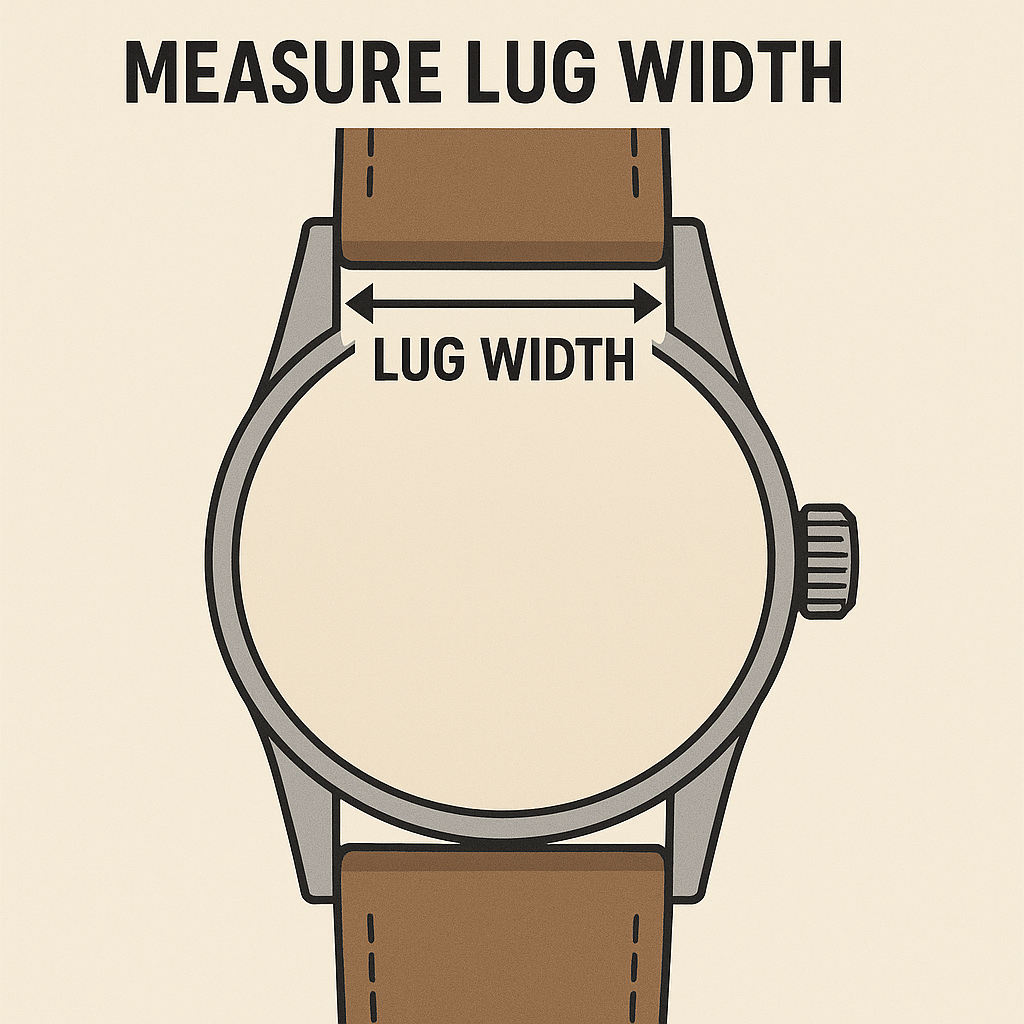When it comes to watches, the strap can make all the difference in terms of style and comfort. However, sometimes the strap that comes with a watch just doesn't fit the wearer's preferences or wrist size. Fortunately, altering a watch strap is a relatively simple process that can be done at home with just a few tools.
Changing a watch strap can be done for a variety of reasons. Perhaps the original strap is worn out or damaged, or maybe the wearer simply wants to switch up the look of their watch. Whatever the reason, replacing a watch strap can breathe new life into an old timepiece. There are a few things to consider when choosing a replacement strap, such as the size and style of the watch, as well as the wearer's personal preferences.
When it comes to actually altering the watch strap, the process will vary depending on the type of strap and watch. For example, a leather strap will require different tools and techniques than a metal bracelet. However, in general, the process involves removing the old strap and attaching the new one. With a little patience and attention to detail, anyone can learn how to alter a watch strap and customize their timepiece to their liking.
Understanding Watch Strap Anatomy
When it comes to altering a watch strap, it's important to understand the anatomy of the strap first. A watch strap typically consists of two parts: the strap and the buckle. The strap is the band that wraps around the wrist, while the buckle is the clasp that holds the strap in place.
Lug and Lug Width
The lug is the protruding end at the top and bottom of the watch case that is used to attach the strap or bracelet. The lug width is the distance between the two lugs and is typically between 16 and 24 mm. It's important to measure the lug width accurately when choosing a new strap to ensure a proper fit.

Types of Straps and Materials
There are several types of watch straps available, each with its own unique characteristics. Leather straps are a popular choice for their classic look and durability. Fabric straps, such as canvas or nylon, are lightweight and breathable, making them a good choice for sports or outdoor activities. Metal straps and bracelets are typically made of stainless steel or titanium and are known for their durability and longevity. Rubber straps are water-resistant and ideal for swimming or other water sports. NATO straps are made of nylon and are known for their versatility and affordability.
When selecting a new strap, it's important to consider the material as well as the width and length of the strap. A properly sized strap should fit snugly around the wrist without being too tight or too loose. It's also important to consider the buckle type, as some buckles may not be compatible with certain types of straps.
By understanding the anatomy of a watch strap and the different types of straps and materials available, one can make an informed decision when choosing a new strap or altering an existing one.
Tools Required for Strap Alteration
When it comes to altering a watch strap, having the right tools is crucial to ensure a smooth and successful process. Here are two essential tools that are needed for strap alteration:
Spring Bar Tool
A spring bar tool is a must-have for anyone who wants to change their watch strap. This tool makes it easy to remove the spring bars that hold the strap in place. It has a forked end that is used to push the spring bar out of its position, and a pointed end that is used to push the spring bar back in place. The tool is small and easy to use, making it perfect for those who want to change their watch strap at home.
Screwdrivers for Strap Changing
In addition to a spring bar tool, screwdrivers are also important for strap changing. Small screwdrivers are needed to remove the screws that hold the watch face in place. These screws are often very small, so it is important to have a set of screwdrivers that are the right size for the job. A strap-changing tool is also useful, as it can be used to push the spring bars out of the watch case without damaging the watch.
Overall, having the right tools is essential for anyone who wants to alter their watch strap. A spring bar tool and screwdrivers are the two most important tools needed for the job. These tools are easy to use and can be purchased at most watch stores or online. With the right tools and a little bit of patience, anyone can change their watch strap at home.
Removing the Old Watch Strap
Before you can change your watch strap, you need to remove the old one. The process for removing a watch strap can vary depending on the type of watch you have. In general, there are two main methods: releasing spring bars or unscrewing for metal bracelets.
Releasing Spring Bars
Most watch straps are attached to the watch using spring bars. To release the spring bars, you will need a tool called a forked end or a spring bar tool. Here are the steps to remove a watch strap using spring bars:
- Locate the spring bar on the watch. It is a small metal bar that runs through the lugs of the watch.
- Insert the forked end or spring bar tool between the watch and the strap, and apply pressure to the spring bar.
- While applying pressure, gently wiggle the strap until the spring bar pops out of the lug.
- Repeat the process on the other side of the watch.
Unscrewing for Metal Bracelets
If your watch has a metal bracelet, you will need to unscrew the links to remove the bracelet. Here are the steps to remove a metal bracelet:
- Locate the screw on the side of the link. It is usually on the underside of the bracelet.
- Use a small screwdriver to unscrew the link. Be careful not to lose the screw.
- Once the screw is removed, the link should be easy to pop out of the bracelet.
- Repeat the process on the other side of the bracelet.
By following these steps, you should be able to remove your old watch strap and prepare your watch for a new one.
Installing the New Strap
After removing the old strap, it's time to install the new one. This may seem daunting, but with the right tools and technique, it can be done easily and quickly.
Aligning the Strap
The first step is to align the strap with the lug holes on the watch case. Make sure the strap is facing the correct orientation, with the buckle facing in the right direction. This is especially important if the strap has a specific design or pattern.
Once the strap is aligned, insert the spring bars into the lug holes. The spring bars should click into place securely. If they don't, double-check that the orientation is correct and try again.
Securing the Spring Bars
With the spring bars in place, it's time to secure them. Use a spring bar tool to push the spring bar into the lug hole until it clicks into place. Repeat this process for the other side of the strap.
It's important to ensure that the spring bars are securely in place. Give the strap a gentle tug to make sure it's not loose. If it is, repeat the process of securing the spring bars until the strap is securely attached to the watch case.
In summary, installing a new watch strap requires aligning the strap with the lug holes, inserting the spring bars, and securing them in place. With the right tools and technique, it can be done easily and quickly.
Adjusting for Comfort and Style
Adjusting a watch strap for comfort and style is an essential task that can make a huge difference in your overall look and feel. Here are some tips to help you adjust your watch strap for maximum comfort and style.
Choosing the Right Size
One of the most important factors to consider when adjusting your watch strap is choosing the right size. Whether you have a leather strap, fabric strap, or rubber strap, you need to make sure that it fits your wrist perfectly. A strap that is too tight can cause discomfort, while a strap that is too loose can slide around on your wrist and look unprofessional.
To choose the right size, measure your wrist with a tape measure or a piece of string. Then, consult the manufacturer's size chart to find the appropriate strap size for your wrist. If you're unsure about the size, it's always better to go with a slightly larger strap and adjust it accordingly.
Customizing for Aesthetics
Once you have chosen the right size, you can start customizing your watch strap for aesthetics. This is where you can get creative and make your watch strap unique to your personal style.
One way to customize your watch strap is by changing the buckle or clasp. Different buckles and clasps can give your watch a completely different look and feel. For example, a metal buckle can make your watch look more formal, while a plastic buckle can make it look more casual.
Another way to customize your watch strap is by choosing a unique design or color. Leather straps come in a variety of colors and textures, while fabric and rubber straps can have different patterns and prints. Choosing a design or color that matches your personal style can make your watch strap truly unique.
In conclusion, adjusting your watch strap for comfort and style is an essential task that can make a huge difference in your overall look and feel. By choosing the right size and customizing your watch strap for aesthetics, you can create a watch strap that is both comfortable and stylish.











